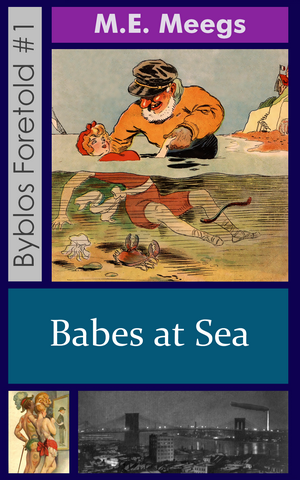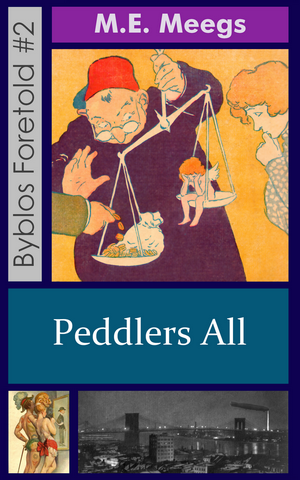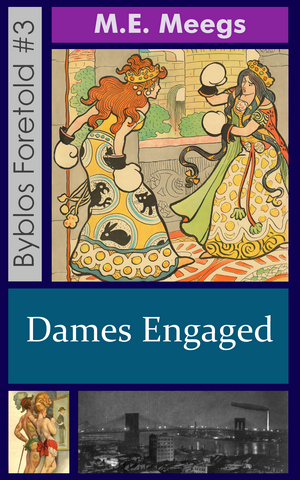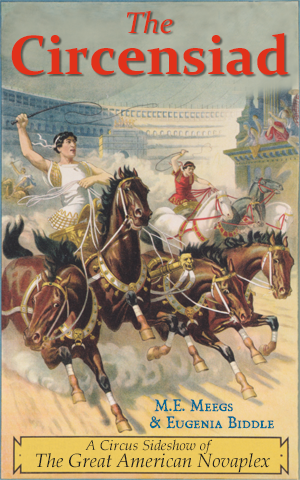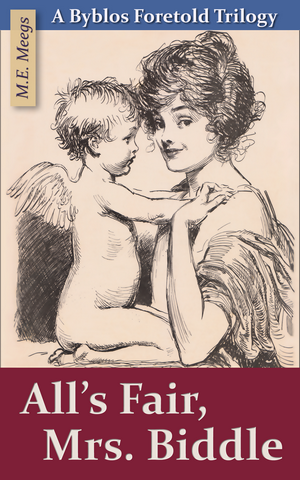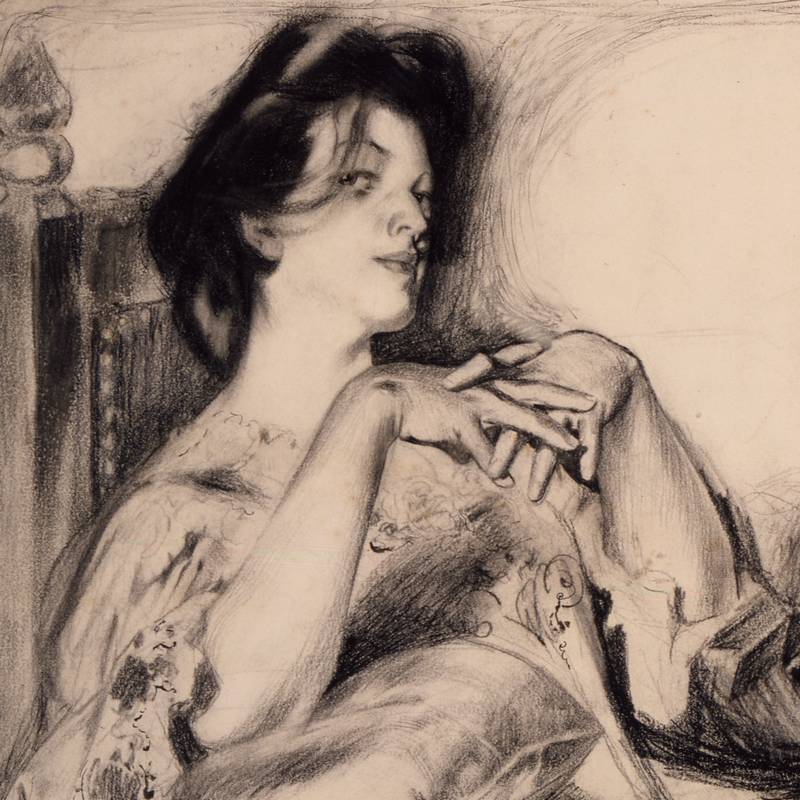
A couple from the 1950s looking back
On a bitterly cold night in 1903, an immense airship appeared in the sky over Brooklyn. Of the few who saw it, only one spirited soul dared approach it. Her reward, floating down by parachute, was a common shipping crate.
I was that spirited soul. And inside that unassuming box, I found a literary treasure trove—bundles of manuscripts, journals, and letters, all chronicling the lives of a circle of people living in a small upstate–New York city called Byblos. I took the archive to my apartment and spent a long night poring over it.
Many of the pieces proved quite fascinating, and none less than curious. But most remarkable of all was the date displayed on the principal manuscript’s cover page. It had been completed in the year 1959—fully fifty-six years after its arrival! What’s more, the crate bore my name and address.
As to what strange forces were at work, I could only wonder. But certainly I had been sent this extraordinary collection with some purpose in mind. Someone wished to make use of my unique set of talents.
I vowed then and there, this anonymous patron would not go unsatisfied!
(My account of this episode, including an inventory of the archive, is more fully expounded in the preface to my second book, excerpted here.)

